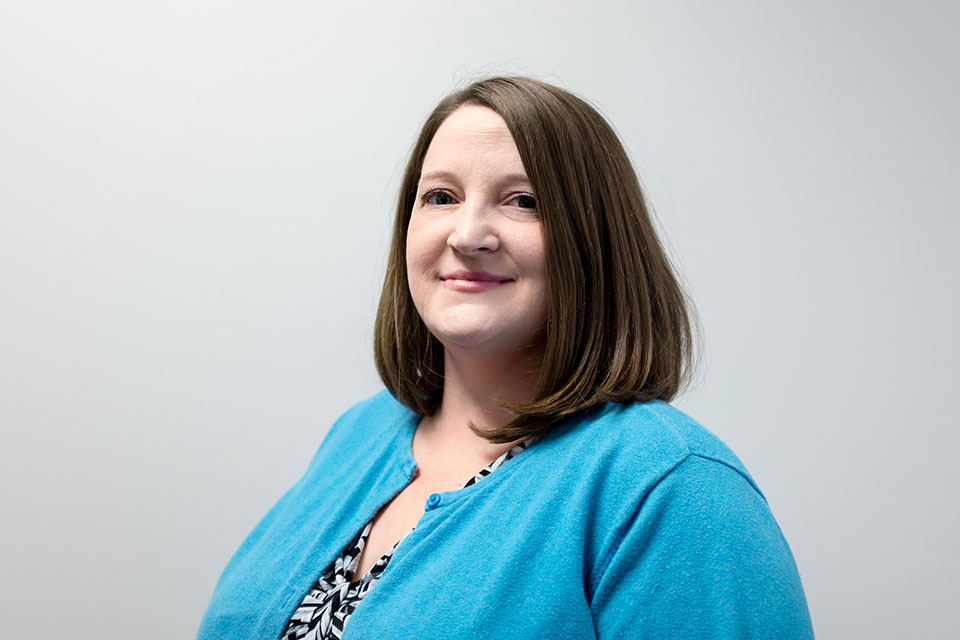DeRosier, M. E., Kameny, R., Holler, W., Davis, N. O., & Maschauer, E. (2013). Career progress in online and blended learning environments. Academic Psychiatry, 37, 98-103. doi: 10.1176/appi.ap.11070137
The authors examined the career achievement of early- and mid-career researchers in social, behavioral, and mental health who participated in a career-development conference. Trainees participated in a career-development conference either through attending a live conference supplemented with an online version of the conference (Combined: N=46) or through the online version of the conference alone (Web-Only: N=60). An objective measure tracked the trainees’ publications, involvement in research projects, honors and grant awards, collaborations, and scientific presentations before and 9 months after participation in the career-development conference. Statistical analysis showed that trainees improved for each category measured, with no significant differences across the Combined and Web-Only groups. The strongest variable affecting improvement was Time, and the most significant time effect was seen in the production of presentations and publications. A significant Gender difference was present, with women showing greater total career progress than men. Career-development conferences can support career growth for trainees. Online training provides a cost-effective and time-efficient alternative to in-person methods, while still enhancing key markers of career progress.


